Photographs are visual by definition, and they stand out—particularly in trials that are otherwise document-heavy. In expanding upon his Brain Rule Number 9—"Vision trumps all other senses"—Medina explains that our brains are not as good at identifying letters and words as they are at identifying and remembering pictures.1 It's not surprising, then, that photographs are an exceptionally useful trial tool.
When presented appropriately, photos can satisfy all of our jury communication goals—they aid understanding, boost credibility, and increase retention. In this chapter, I'll talk about some helpful uses for photographs in trial, design considerations, tips for dealing with Rule 403 challenges, and where to get photographs for your trial slides.
Uses for Photographs
Depicting Case Evidence
Photographs often are used and admitted as evidence at trial, as long as they're fair and accurate representations of what they purport to capture. In criminal cases, for example, photographs of crime scenes, injuries, autopsies, stills from surveillance videos, or even photos of undercover drug buys might be used with a jury. In intellectual property cases, you might use photographs to compare the plaintiff's and defendant's products to bolster an argument for or against an infringement finding. In a product liability case, a photograph might show the jury the manufacturing defect that led to the plaintiff's injury. Or, a series of photographs might effectively depict how something changed over time, such as improvements made by the defendant, ongoing property damage due to neglect, or decay due to disease.
Photographs aid understanding in these cases because something visual is directly at issue. Without the photos, jurors would be left to "picture" the evidence for themselves, based on a verbal description. And when the verbal description is open to interpretation, that doesn't always work out so well. For example, if a witness testifies that the defendant was "behind the fence," that testimony could sound credible or not, just based on the mental image the juror has of a fence.
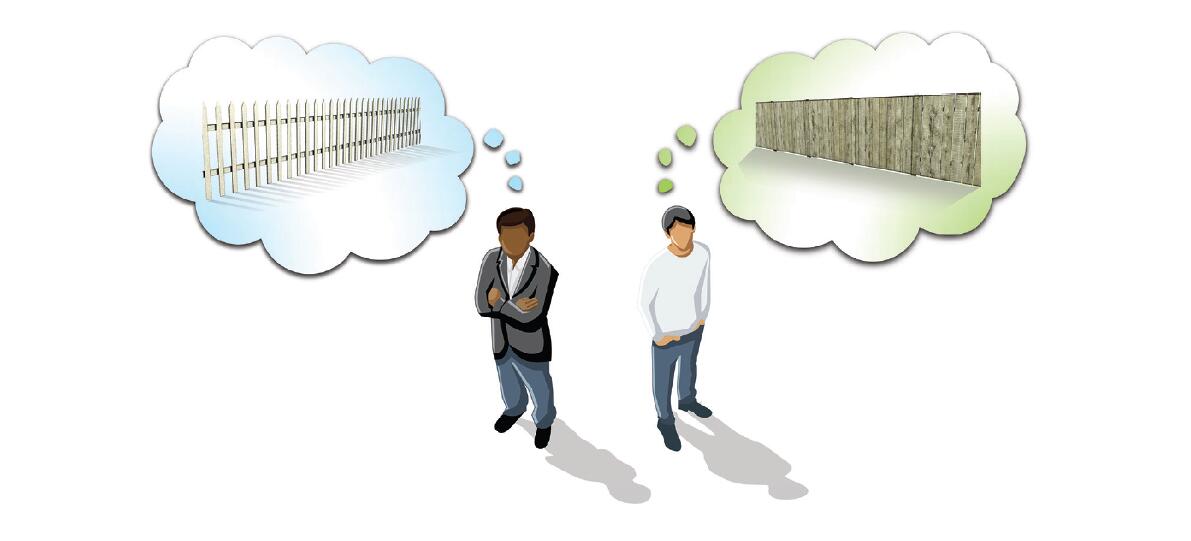
By using a photograph of the actual fence at issue, you can get everyone on the same page, and there's no room for descriptive error.

Creating a Visual Memory of a Theme
Sometimes, a photo can provide a great background while you're speaking, or even while you're displaying documents. But the photo must be relevant. If it's not, it fights with your actual message.
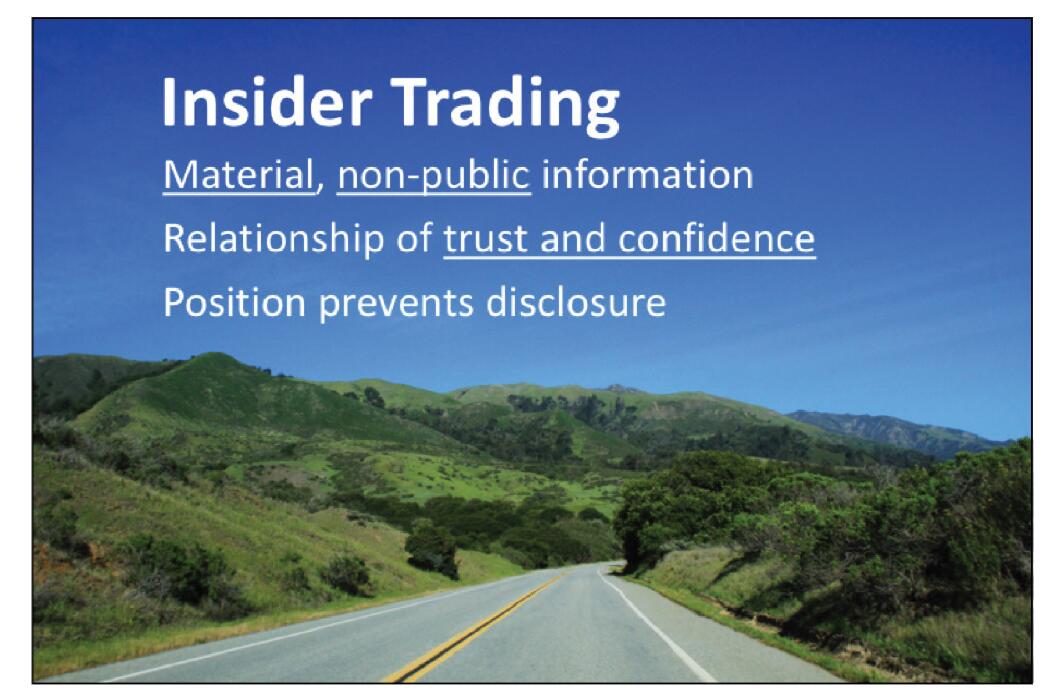
With some brainstorming, we might be able to articulate a reason why this winding road relates to insider trading. But we wouldn't want our jury trying to do that when they should be focusing on our message. Dissonance is a distraction.
On the other hand, when the photo is relevant, as it is with evidentiary photographs, it can be very effective. Think about print advertising or the motivational products industry. They'll feature photographs in magazines or on billboards, or they'll print them on mugs, posters, or mousepads, and the photo captures an entire concept.
A silhouetted man against a sunset embodies "contemplation."
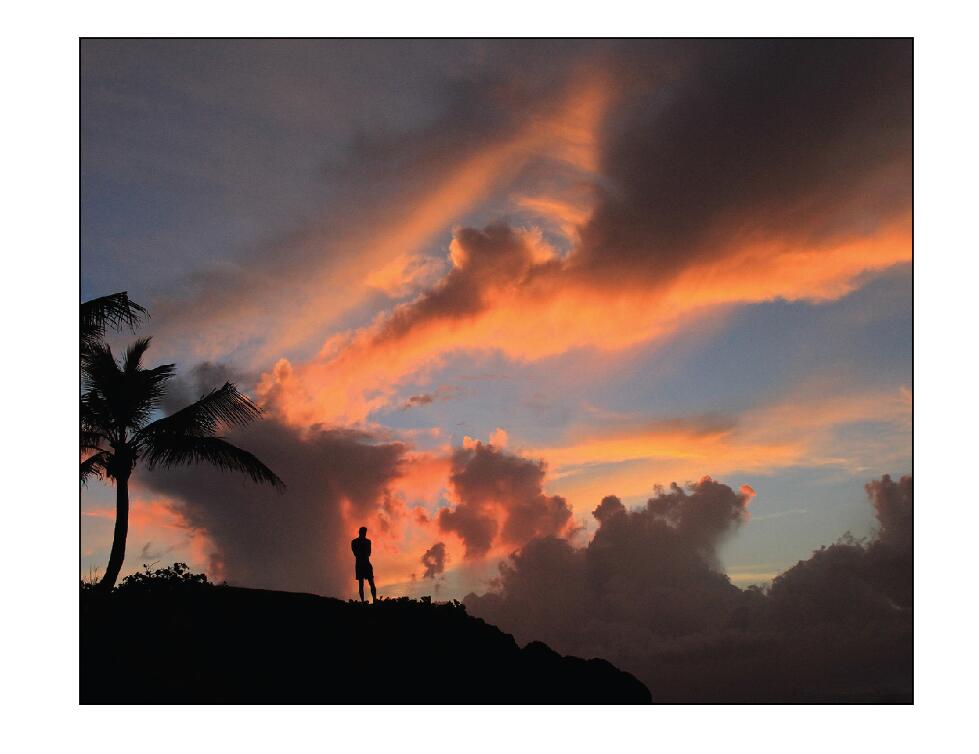
A picture of an old radio is a symbol for nostalgia."
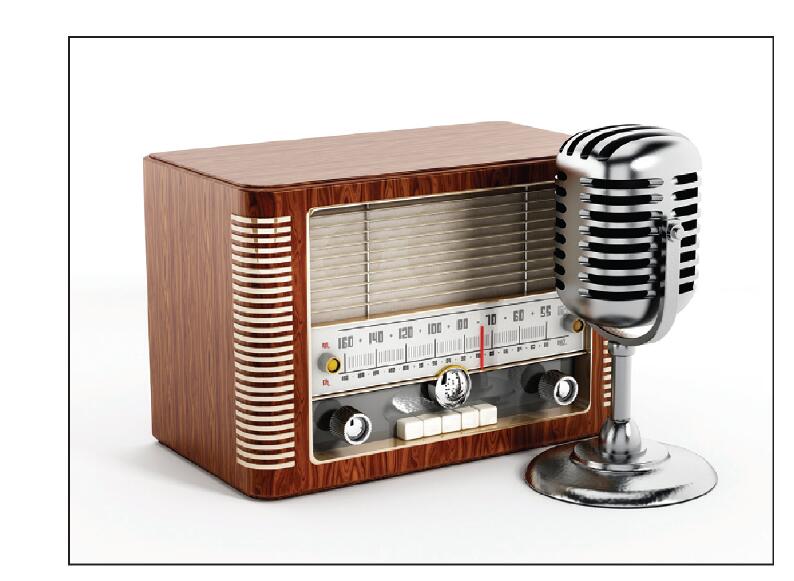
A kayaker conquering rough water signifies "exhilaration."
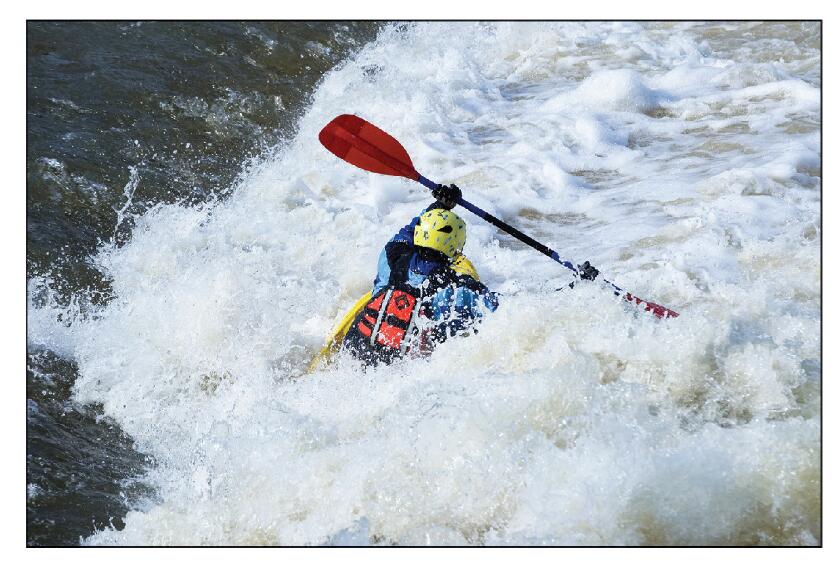
Ever wonder why? Why does the silhouetted man suggest contemplation instead of loneliness? Why doesn't the old radio symbolize obsolescence? Why doesn't the kayaker evoke fear, or even recklessness?
Often, it's because the text—and context—tells you otherwise. Text defines the image for you. Using the photos above for their purported themes isn't a stretch (unlike the winding road and insider trading), but the text solidifies the photos' relevance where the image could have multiple thematic interpretations.
Keep this in mind for your trial visuals. Present thematic or conceptual photos together with text or spoken words that immediately characterize the photos the way you want the jury to view them. A picture might very well be worth a thousand words—but which thousand? Text helps ensure that the jury's interpretation matches yours.
A recent ad campaign for HSBC Bank illustrated this point beautifully. The ads were full-color photographs with a single word featured on each image. Sometimes the same photograph was repeated two or three times, but each image featured a different word reflecting a completely different interpretation of the photograph. The images were set side by side, juxtaposing the different interpretations. Another variation used alternating but identical meanings for two different images set side by side, again emphasizing that the same photograph can mean very different things to different people. Here are a few examples I created.
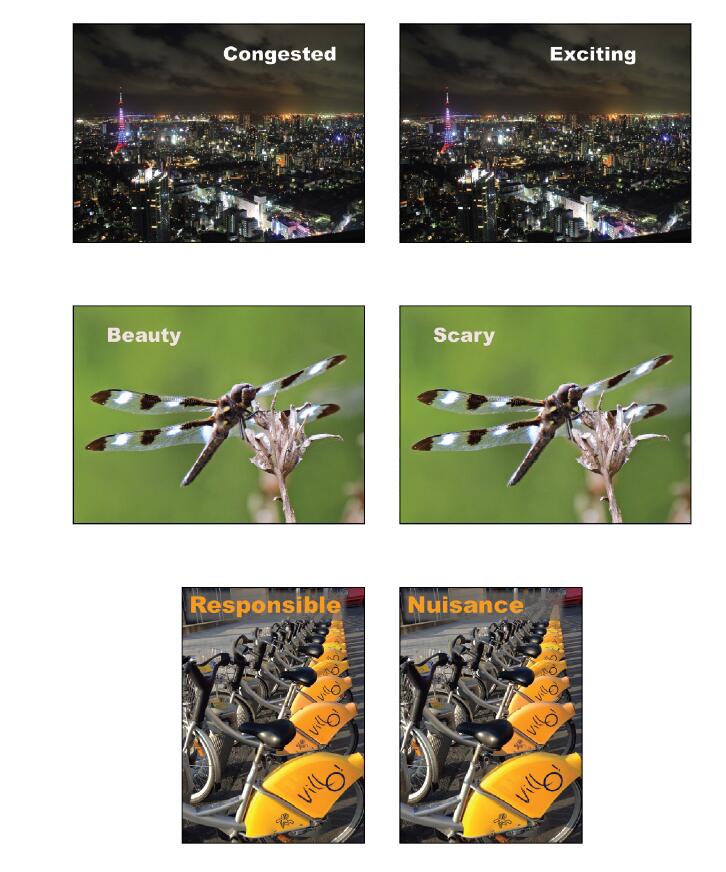
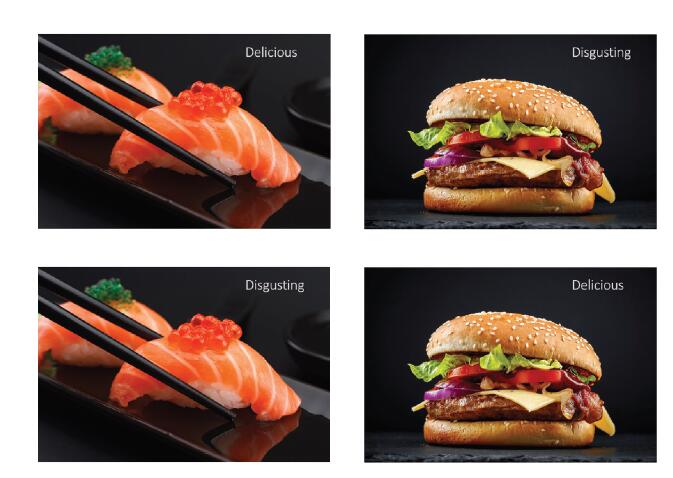
The extent to which you'll be able to use thematic images in the trial setting will vary. But even when your judge allows it and you've selected a relevant, tone-appropriate photograph, remember your setting and your audience. Overdone, the approach can alienate the jury and suggest that you aren't taking the case seriously. Used in moderation, a photograph emphasizing a theme can be an effective communication tool.
Aiding Evidence Presentation
When case evidence is too small or too large to effectively display it for the jury, a photograph can save the day. I've had both extremes in patent cases. In one case, the patent involved a semiconductor chip less than an inch wide. In another case, the patent was for a highway guardrail, a large and heavy item that would have been difficult to bring into court. By taking a photograph of the object at issue, you can display it as large or small as you need. A witness can explain the parts of the object and how it works. You can even add labels or other markings to turn the photo into a diagram and create a visual memory for the jury, which might be quite valuable, depending on your case facts.
Increasing Recall of Witnesses and Trial Evidence
When trials are long or when a lot of witnesses testify, consider using photos in your closing argument to help jurors remember key evidence and testimony. In one trial I had lasting almost four months, fifty witnesses testified in the government's case. Twelve testified in the defense. I put nine character witnesses on the stand in a single day. For the closing argument, I designed slides that would use testimony from daily transcripts and a photograph of the testifying witness. Text builds walked the jurors through the testimony at a controlled pace.
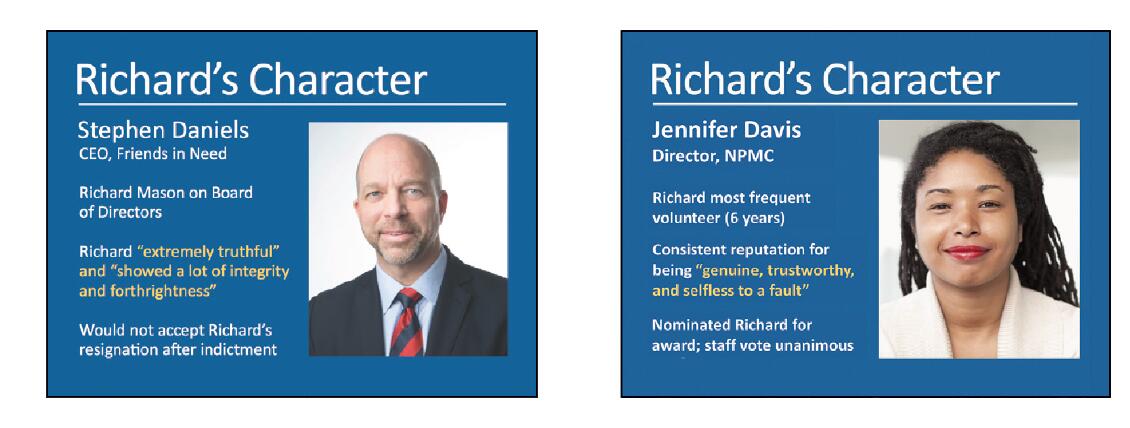
Getting photos of character witnesses is generally pretty easy. They're friendly witnesses, and they'll either give you an existing photo or let you take their picture. Use a neutral, trial-appropriate image. Alternatively, if the witness testified through a video deposition, you can use a still shot from the video as your photograph. Here, too, select a neutral image. Don't use one where the witness is in the middle of a word, or has his eyes closed, or looks particularly angelic or particularly evil. Jurors will see through that and will resent the attempt at manipulation, which harms your credibility.
Adding Credibility
We all know photos can be manipulated. We hear about it all the time. We can even do it ourselves in the comfort of our homes using basic photo editing software. But despite knowing that photos can be altered, the old adage remains true. Generally, seeing is believing. Using photographs can therefore add credibility to testimony and even attorney argument. Jurors know the trial context is adversarial—if one side uses a photo and the other side doesn't object or point out something misleading about the image, the credibility of the photo (and the lawyer...
